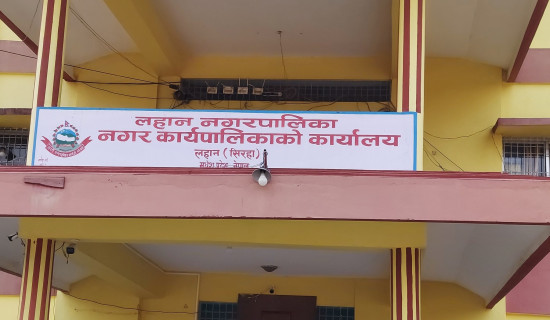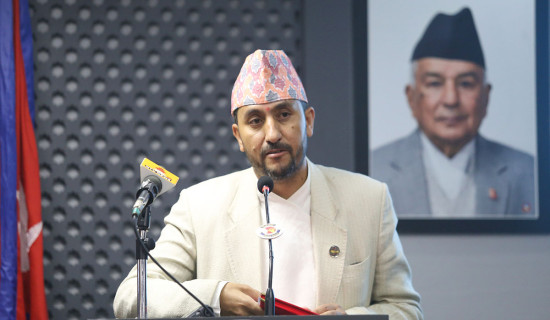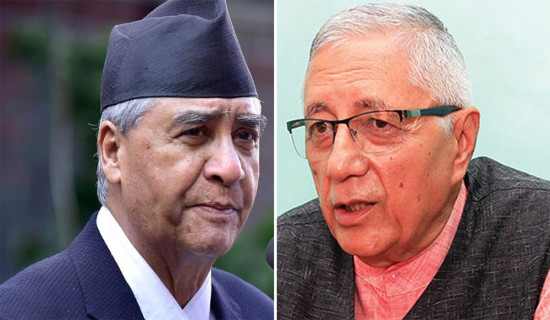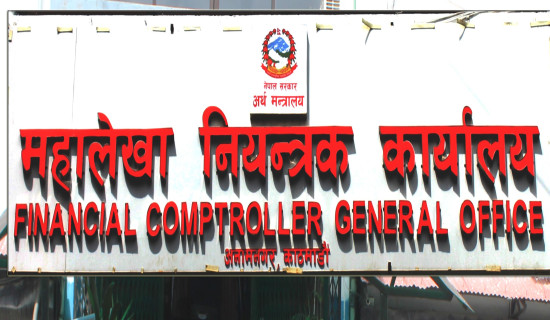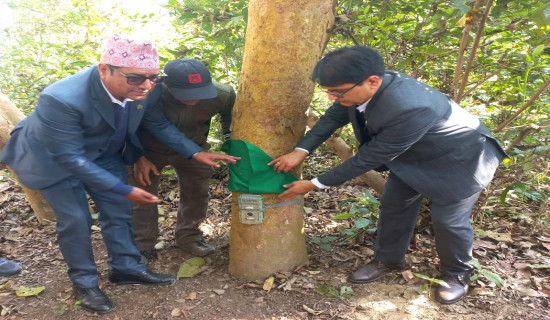- Tuesday, 16 December 2025
Medical Pluralism Boosts Health Coverage
Medical pluralism largely encompasses diverse medical practices in everyday life of contemporary societies. It includes availability of different medical approaches, treatments and health institutions which combine both biomedicine and traditional medicine or alternative medicines. The notions of medical systems are shaped by diverse medical ideologies and socio-cultural hierarchies of medical practices. The socio-political horizon of the medical practices clearly demonstrates the pluralist nature of medicine in the 21st century. In the era of globalisation, colonial and global processes on local medicine have profound impacts on wider medical concepts and therapies in people’s everyday lives. Therefore, the debates around significance of medical pluralism are largely based on colonial and post-colonial contexts.
More significantly, people’s perceptions, beliefs and debates about therapeutic authenticity, efficacy, and legitimacy of a medical tradition largely illustrate notable characteristics of inclusive society in larger context. To this end, Asia is a region of enormous social, economic, and political diversity, both across and within countries, and shaped by its history and complex geography. Due to differing demographic and epidemiological transitions, it is interesting to explore health systems challenges such as equity, inclusion and diversity in post-modern societies.
Further, medical pluralism is also present Western societies. Bridging the gaps between Western and indigenous knowledge systems is now considered an important imperative for improved health outcomes. Looking at history, the evidence suggests that studies around medical pluralism started in late 1970s. It is worthwhile to note that anthropologists launched a comparative study of Asian medicine. Subsequently, medical anthropologists in particular tried to better understand and classify heterogeneous medical knowledge and practice as holistic systems. The prevailing assumption is obviously clear. Each medical system is characterised by unique epistemology, disease etiology, and corresponding therapies or healing methods.
Efficacy of traditional medicines
Thus, there is growing interest in understanding both differences and similarities between biomedicine and other traditional or alternative approaches. Such anthropological studies have provided solid evidences to further explore the dichotomy of biomedicine and ethnomedicine. However, there is still a genuine concern surrounding the wider appreciation and recognition of traditional or alternative medicine in many Asian countries. Additionally, there are critics that traditional medicines and alternative practices are more religious and unscientific. This may not be true in all contexts. For example, Tibetan medicine is efficacious and scientific in its own context as it is perceived as culturally appropriate therapy for local populations. In many parts of South Asia, traditional medical practices such as Ayurveda and homeopathy are still prevalent and perceived efficacious as biomedicine.
For example, in Nepal, Ayurveda, as an ancient medical system has deep roots in our culture and traditions. Many people still rely on traditional practices for primary health care in different socio-cultural contexts. These include ritualistic and spiritualistic practices, diet and self-healing, medicinal herbs, minerals and so forth. Similarly, India is known for the popular use of traditional medicine such as Ayurveda, Yoga, Unani, Siddha, and Sowa-Rigpa. Thus, Ayurveda and alternative medicines play a crucial role in healthcare landscape in terms of interventions ranging from promotive, preventive, curative and rehabilitative services.
Moreover, the traditional Chinese medicine is already integrated into mainstream health system. In Malaysian health system, the practice of other medical systems are allowed and similar is the case in Singapore. Interestingly, such pluralistic health systems are accepted and adapted according to local socio-cultural and political contexts. However, in all aspects of medical traditions across Asian countries, gender inequalities are historically experienced. For example, in Ayurveda and other alternative medicines, Tibetan medicine, traditional Chinese medicine, and Unani, the male dominated traditions and practices are socio-culturally are still prevalent for decades.
Since ancient times, medical traditions and practices are ever changing in Asia. It is interesting to note that such medical systems are socio-culturally and politically constructed and shaped by the widely practiced biomedicine. In such a plurality of medical traditions, a unique blend of therapies and practices are shaped by social hierarchies, diverse interpretations of indigenous medical knowledge and attitudes towards healing people who are ill or seeking health care.
Socio-cultural context
Given the larger context of medical pluralism, anthropologists are interested to explore more about how medicine is perceived, accepted and practiced in different socio-cultural contexts. Interestingly, it is experienced that the significance of social, cultural, economic and medical factors shape people’s choices for health care and healing practices in the communities. These are uniquely influenced by folk interpretations, patients’ socio-cultural status, their worldviews, available information, as well as the cost and accessibility.
Undoubtedly, the multiplicities and hierarchies of medical practices are often influenced by priorities of global health policies, national health strategies and plans in most Asian countries. Evidence suggests that there are still gender inequalities. For example, we can notice less women practitioners in alternative medicines compared to men in biomedicine dominated health care system. In some Asian countries, Ayurveda and other alternative practices are still receiving low recognition and priorities in the mainstream health care system.
To sum up, understanding medical pluralism in the face of globalisation, neoliberal economy, transnational migration, health tourism, flow of alternative pharmaceuticals and advancement in information and technology have created avenues for local and global exchange of diverse medical practices around the world. Despite national and cultural boundaries, medical pluralism essentially seeks to offer ways of understanding diverse medical practices and their nexus with biomedicine across and within societies. Harnessing medical pluralism can surely complement towards our common goal of achieving universal health coverage.
(Bhandari is a health policy analyst )










